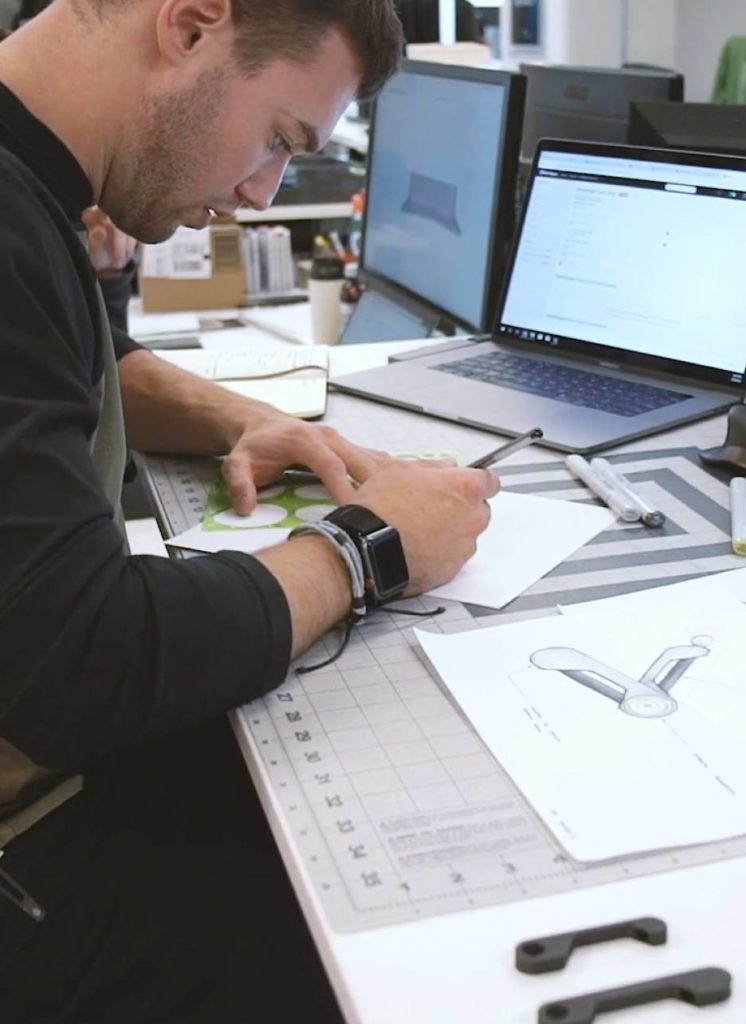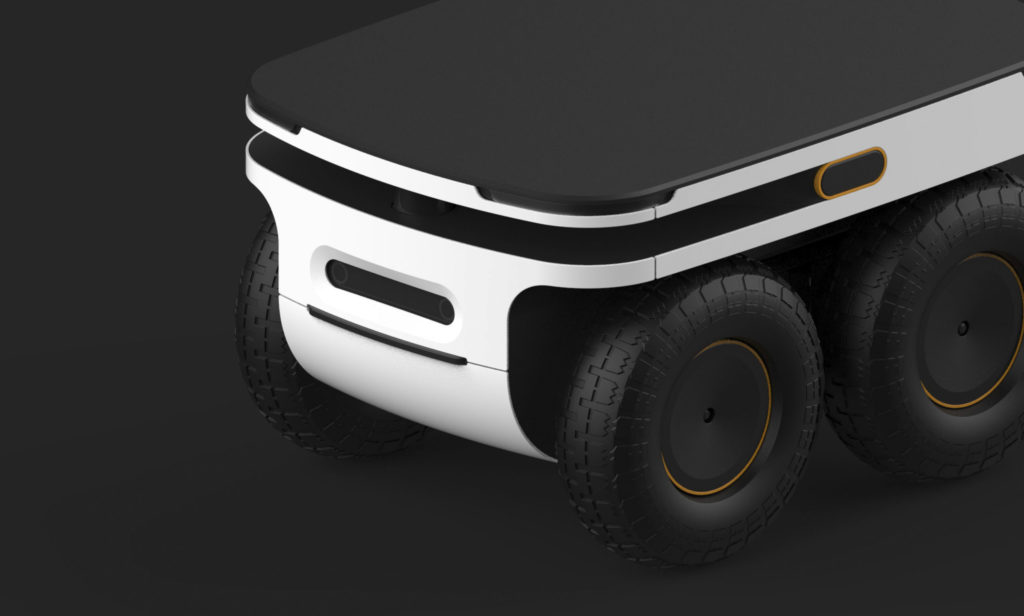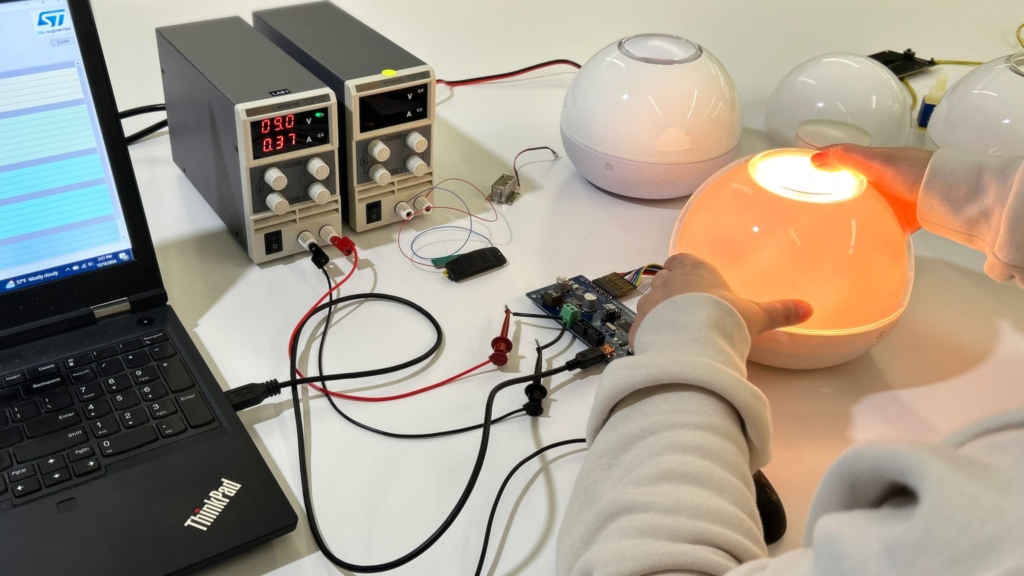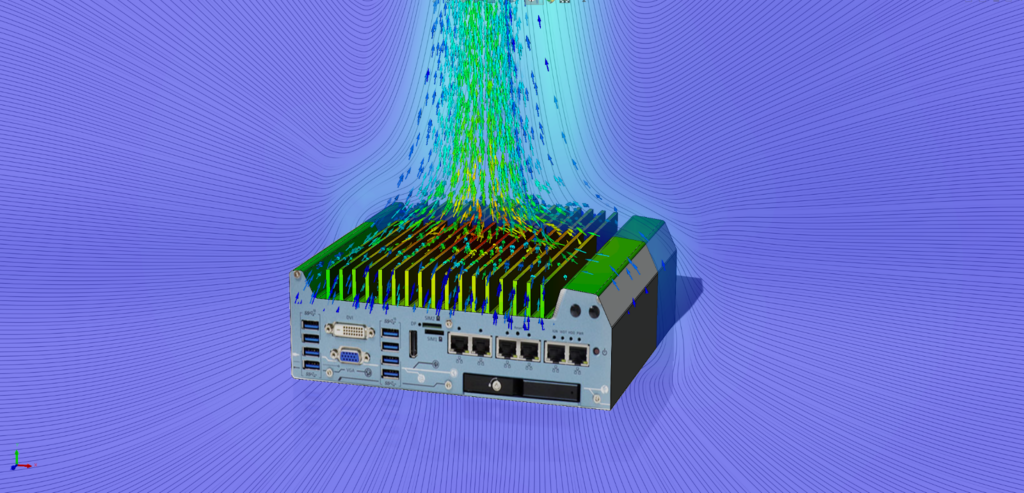Hardware
Save money, mitigate risk, and ensure acceptance by quickly turn product ideas into realistic proofs of concept for testing, validation, and iteration.
Fresh’s Rapid Prototyping Services and Capabilities
- Prototyping & Modeling
- Concept Modeling
- 3D Modeling
- Configuration
- 3D printing
- Fused Deposition Modeling (FDM)
- Stereolithography (SLA)
- Selective Laser Sintering (SLS)
- Direct Metal Laser Sintering (DMLS)
- Multi Jet Fusion (MJF)
- PolyJet
- CNC Machining
- Injection Molding
- Sheet Metal Fabrication
- Digital Engineering
- Simulation
- Assembly/Fit Testing
- Functional Testing
- Chemical Resistance
- Mechanical Properties
- Electrical Properties
- Thermal Properties
- Optical Properties
- Life Testing
- Regulatory Testing
- Flammability Properties
- EMI/RFI Properties
- Food Rating
- Biocompatibility
- Computer-Aided Manufacturing (CAM)

Accelerate product development with rapid prototyping services
With rapid prototyping, Fresh’s engineers and industrial designers help clients turn concepts into real-world prototypes, conduct testing, and gather feedback. By investing in rapid prototyping to rapidly build and refine their design concepts, your organization can spot issues early and fine-tune effectively, reducing development time.
Our rapid prototyping services facilitate a key step in product development that allows your organization to go to market with confidence and quality.

Fast, cost-effective concept exploration
#1: Accelerate Development Timeline — By validating concepts up front, rapid prototyping dramatically reduces the time needed to turn concepts into physical, market-ready products
#2: Save Money — Our in-house engineers and industrial designers, equipped with best-in-class tools and techniques, enable you to get buy-in and sign-off while reducing waste
#3: Cost-Effectiveness — Get multiple product concepts at a fraction of the traditional cost before committing to full-scale production
#1: Iterative Design and Instant Changes
Quickly test, evaluate, and refine prototypes, to work toward a polished product before bringing production to scale
#2: Minimize Flaws
Testing conducted “early and often” with a realistic prototype helps identify and fix design flaws before they become expensive problems
#3: Verify and Validate
Physical models allow for more accurate evaluation of form, fit, function, and manufacturability, ensuring the final product meets requirements

Better Communication. Enhanced Innovation.
#1: Communicate Ideas Effectively — Tangible prototypes make it easier to convey design intent to stakeholders and team members, facilitating feedback and building consensus
#2: Enhanced Collaboration — Prototypes foster a shared understanding across departments, improving the efficiency and reducing the duration of product development workflows
#3: Explore Possibilities While Mitigating Risk — Rapid prototyping techniques encourage creativity by enabling low-risk exploration of new ideas and concepts

Rapid Prototyping Approaches
Proof-of-Concept Prototypes: These prototypes help teams validate ideas, challenge assumptions, and test a product’s viability before final assembly.
Looks-Like Prototypes: These prototypes give teams and stakeholders an idea of the look and interactivity of the end product.
Works-Like Prototypes: Industrial designers and engineers follow steps and specialized techniques to test, iterate, and refine mechanical, electrical, and thermal systems.
Engineering Prototypes: Designers and engineers create a minimum viable version of the final commercial product, designed for manufacturability.
Validation Testing and Manufacturing: Create several small-batch runs, one-off custom solutions, and sub-assemblies for verification and validation.

Industries we work with
Fresh’s engineers bring the transformative power of rapid prototyping services to a diversity of industries. By quickly creating and refining prototypes, businesses across industries can drive innovation, enhance product quality, and accelerate time-to-market.


